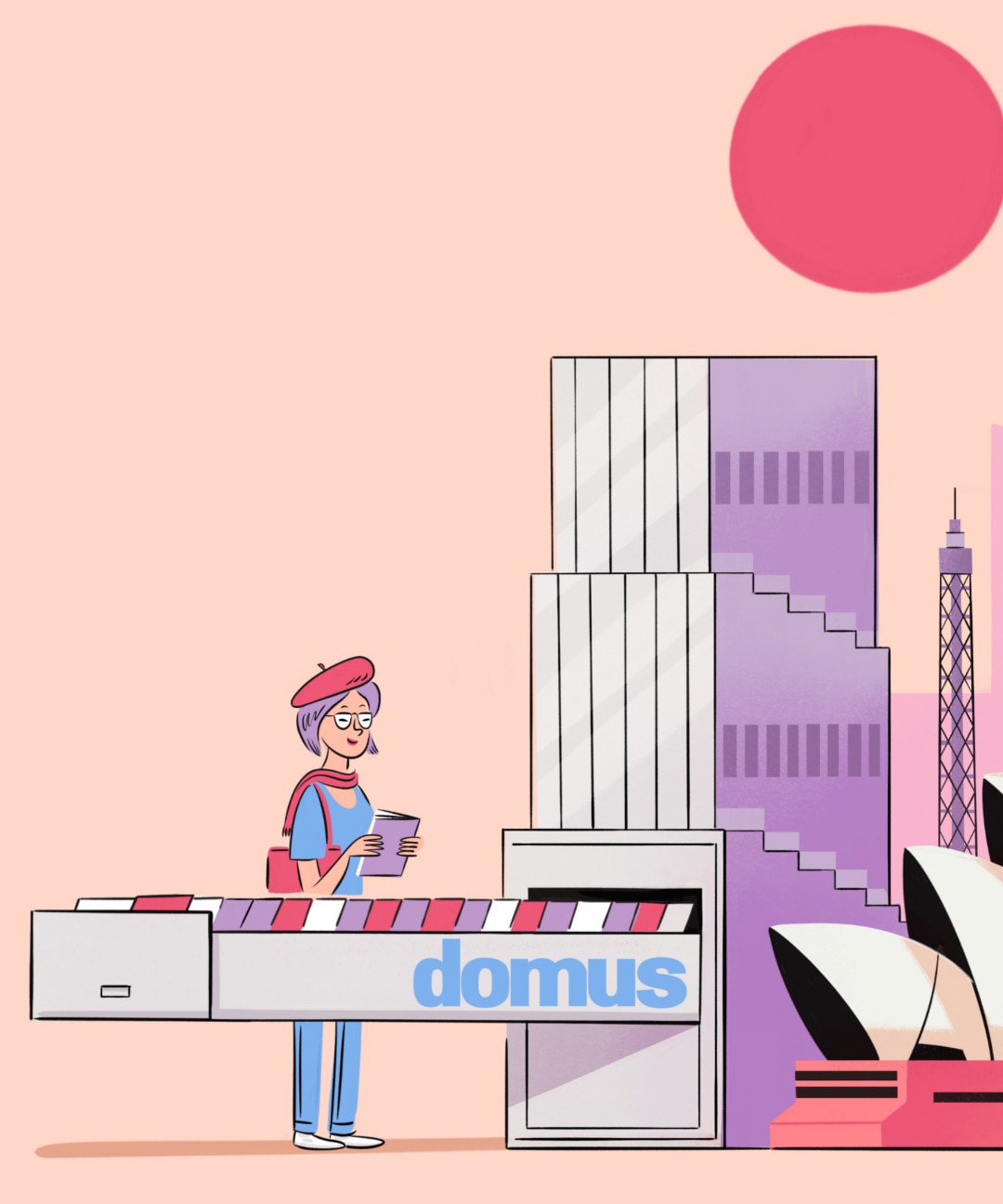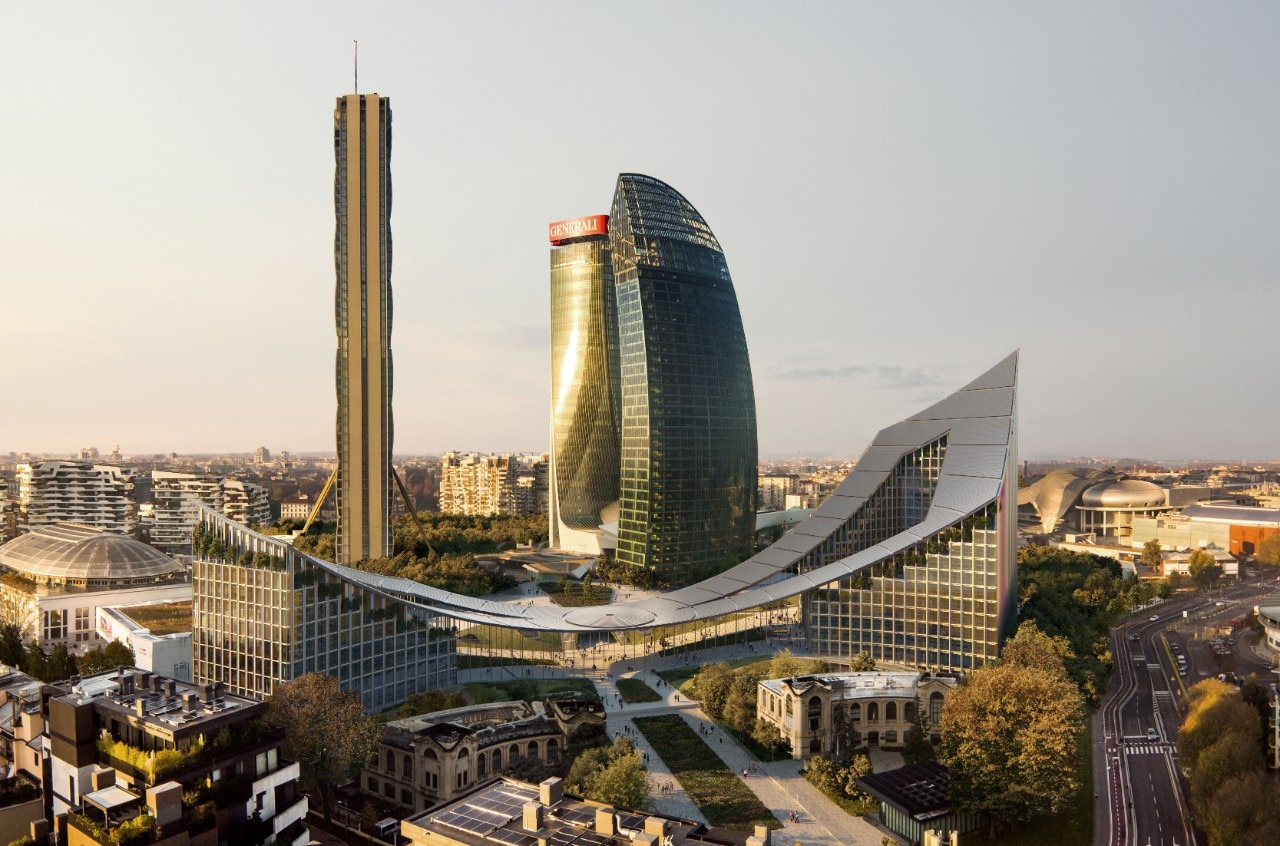A “bridge over individuality” (as a constitutive feature of the modern city) and a “manifestation of the urban idea of 21st century Milan”. This is how Bjarke Ingels, Founder and Creative Director of Big, describes in an interview to Domus from the balcony of the Renzo Piano Foundation at the Politecnico di Milano the creative genesis of CityWave, the 73,000 square metre office complex (scheduled for completion in 2026) that will conclude the Citylife masterplan. Here, in the area of the former Fiera, now converted into the distinctive office district within one of the most ambitious redevelopment projects in Europe, Bjarke Ingels has designed the new urban access to the neighbourhood: a work that speaks to the Milanese spirit and at the same time to the future, tracing the physiognomy of a 21st-century city that unites rather than entrenching itself in the exclusivist and particularistic dynamics that often pervade the contemporary age.
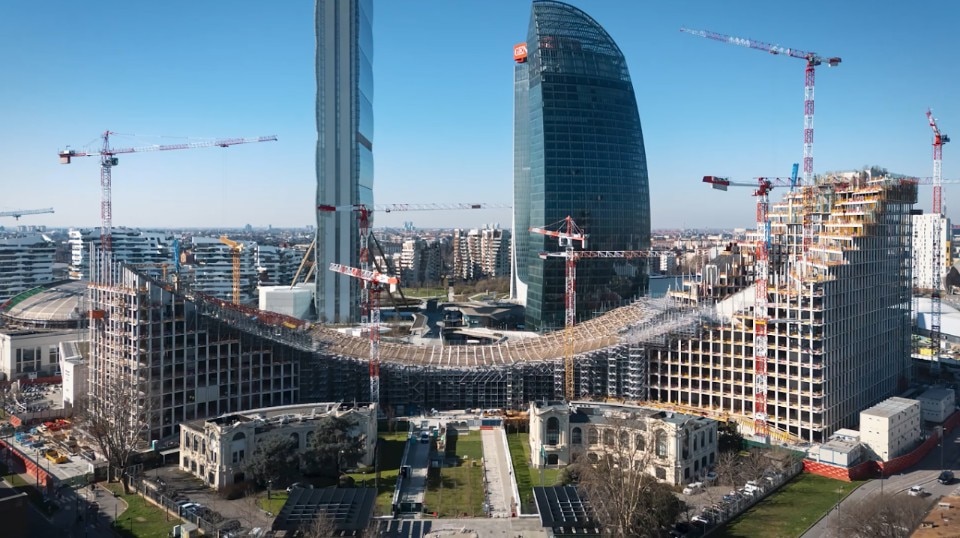
Breaking radically with the original scheme of the competition announcement, which envisaged two vertical towers, and renouncing any competition with the nearby high-rise blocks by Zaha Hadid, Studio Libeskind and Arata Isozaki, Bjarke Ingels has proposed a strongly characterised design solution that re-imagines the new gateway to CityLife as a “'reclining”' skyscraper that is both representative and informal. Two imposing courtyard constructions, respectively 105 and 53 metres high, connected at street level by a pedestrian plaza, recall the historical “twin buildings” that marked the entrance to avenues or neighbourhoods in Milan. At the top, a 140 m long cyclopean canopy in the form of a catenary in wood and steel, covered with photovoltaic panels, connects the two buildings in a symbolic and unifying urban gesture that marks the new gateway to the neighbourhood. A weave of slender steel columns outlines the elevations of the buildings, softening their massive appearance and echoing the typology of Lombard arcades, while finishes in (recycled) stone and glass reference the materiality of the surrounding neighbourhood.
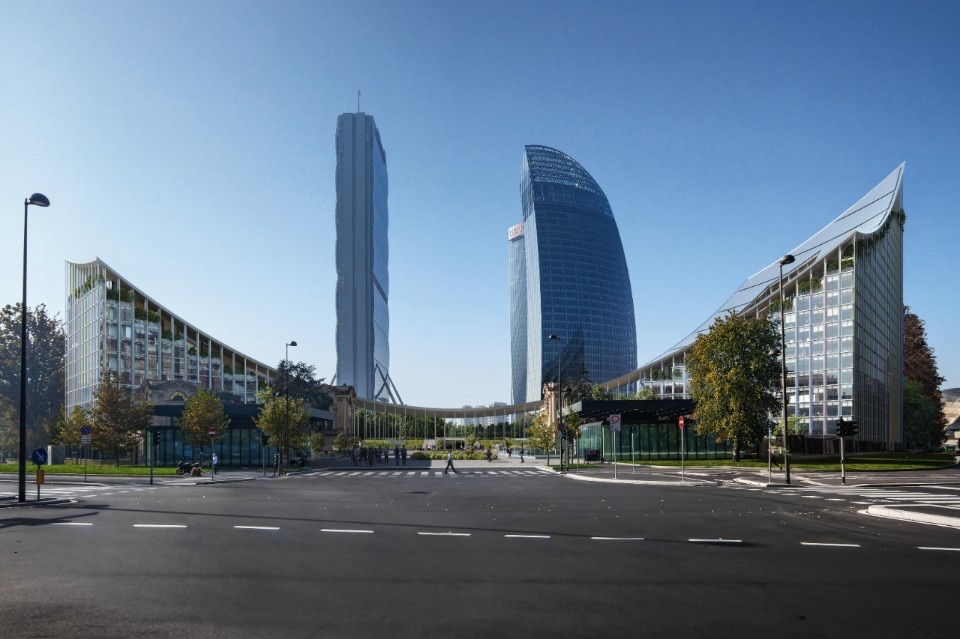
In the words of Bjarke Ingels: "This topping out is a major milestone for what has become a long-standing engagement with the urban development of Milano and the architectural culture of Italy. Through my guest editorship of Domus, I feel as if fully immersed in the deep heritage of Italian design. What we have attempted here is to resist the temptation to add yet another tower to the already majestic urban ensemble of CityLife, and rather create a truly inviting urban space as a gateway to this new neighbourhood. The solar roof of the timber canopy uniting the two buildings provides shade and shelter for the life of the city, and serves as an urban gesture of environmental and social performance. Like a 21st century interpretation of Galleria Vittorio Emanuele II, CityWave is a direct continuation of the pursuit of providing new forms of public space for the city".
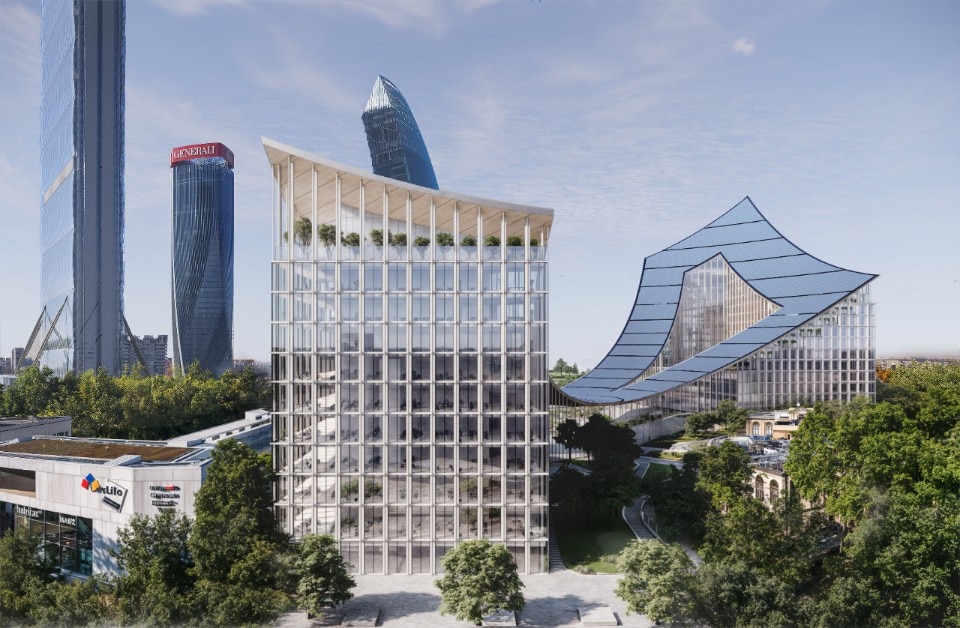
As always in BIG's work, the triggering of relational networks that nurture a sense of place appropriation and the environmental sustainability go hand in hand with his design research. 4,500 square metres of open-air spaces, including internal courtyards and stepped loggias, increase the permeability of the building and become places of recreation and interaction, such as the rooftop bar and the panoramic terrace on the 20th floor of the tallest tower. The photovoltaic panel roofing (one of the largest urban rooftop solar installations in the world) maximises on-site renewable energy production while passive strategies (including groundwater cooling and thermal energy storage) reduce overall energy requirements by 30-40% compared to an intervention of similar scale, allowing CityWave to be the first building in Italy to achieve WiredScore Platinum certification, along with WELL Platinum and LEED Platinum pre-certification.
An iconic and definitive gesture that, in Big's style, makes the ability to simplify the complexity of the present the defining feature of its work, and that adds another exciting occasion to the city's festive atmosphere, alongside the Salone del Mobile and Design Week: in these days the CityWave construction site celebrated the flag-laying ceremony, the traditional milestone marking the completion of the structures at the highest point and the start of the next phase of work.
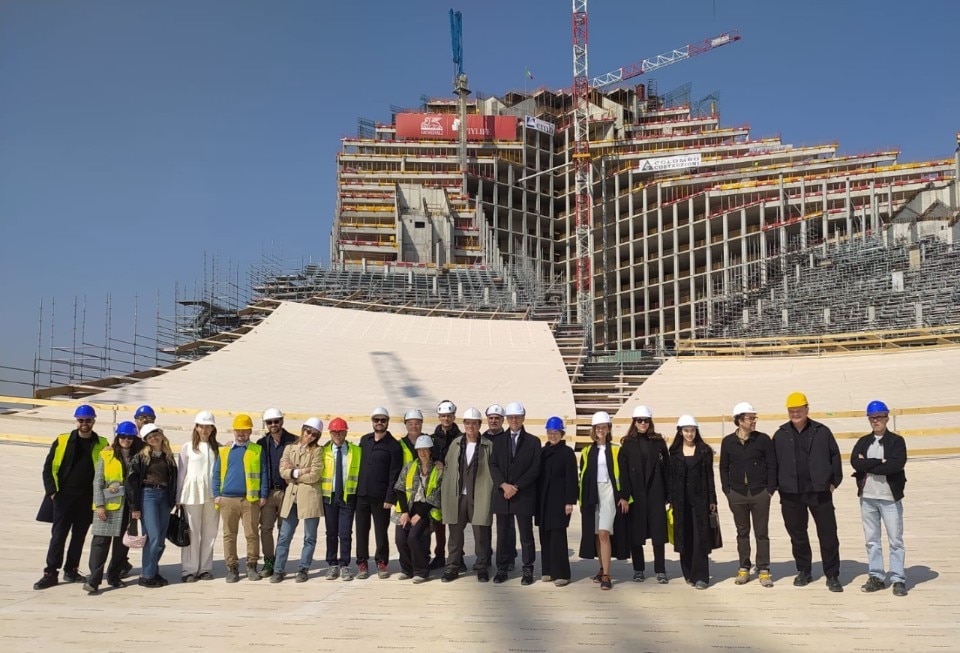

Sahil: G.T.DESIGN's Eco-conscious Design
At Milan Design Week 2025, G.T.DESIGN will showcase Sahil, a jute rug collection by Deanna Comellini. This project masterfully blends sustainability, artisanal craftsmanship, and essential design, drawing inspiration from nomadic cultures and celebrating the inherent beauty of natural materials.


